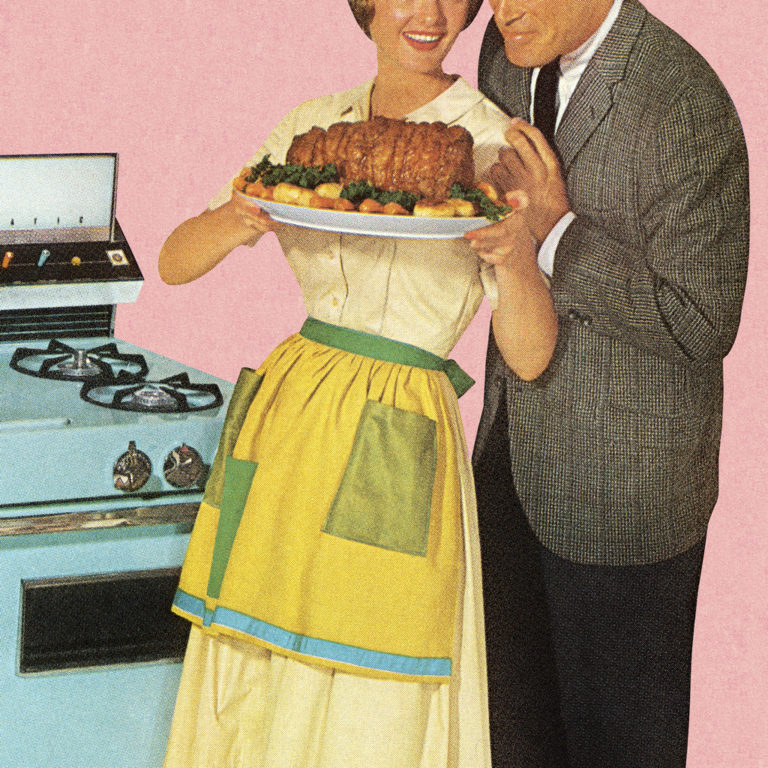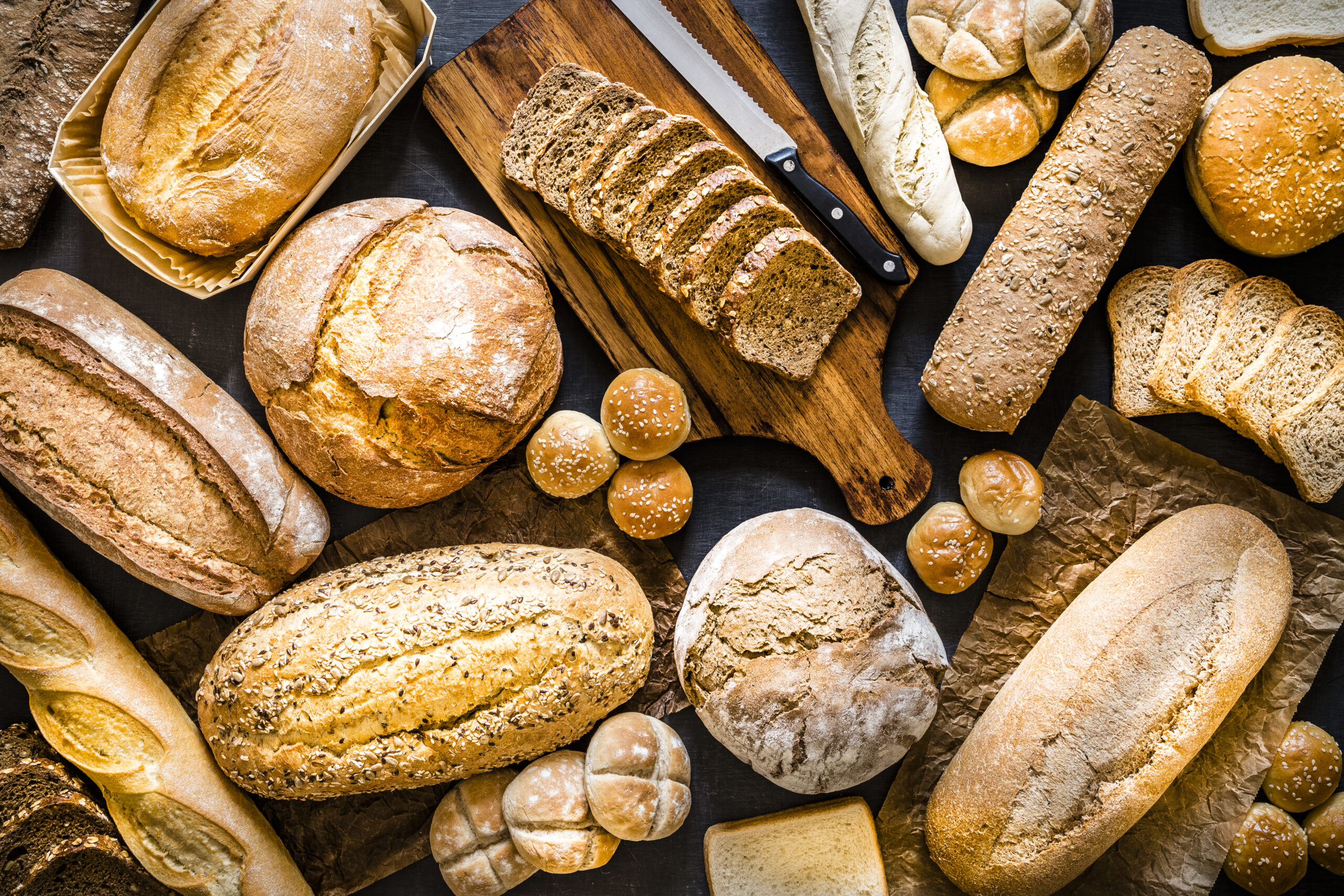Dangerous dieting trends and cultural obsessions with weight loss may seem like more modern concerns, but people have detrimentally focused on their weight for decades. Trying to shed some pounds by following a weird diet can potentially be unhealthy. In fact, certain scholars claim William the Conqueror started the first fad diet. Allegedly, he preferred a liquid diet that consisted of only alcohol. He wanted to lose weight, but, ultimately, his eating regimen led to his demise.
In spite of the danger, people still try dangerous dieting trends. Some evidence even suggests the keto diet might not be all that great, but it continues to be incredibly popular.
We know more about healthy eating practices now, so it’s easier to form safe food habits. But some of the past’s fad diets are still popular. You won’t believe which dangerous dieting trends people still follow today.
1. The Tapeworm Diet
Women in the Victorian era faced a very specific set of beauty standards. Society told them to be pale, thin, and fragile, no matter the physical consequences. To achieve the look, women took drastic measures; some even practiced the Tapeworm Diet. Victorian ladies ingested pills that contained tapeworm eggs. When the egg hatched inside of them, the parasite grew and absorbed all of the host’s nutrients.
Many women did lose weight by following this practice, but the repercussions could be dire.
Additionally, removing the parasite was nearly impossible. The women had to take special pills or use dangerous inventions, like one created by Dr. Meyers of Sheffield. Meyers’s creation — a long cylinder-like device — had to be inserted into the patient’s digestive tract. It certainly wasn’t safe.
2. Tightlacing
Tightlacing was the Victorian version of waist training. Although not a technical diet, the practice made women look smaller; in some instances, it even prevented the wearer from eating.
By lacing their corsets incredibly tightly, women could train their bodies to morph into the societal ideal.
Some individuals even tightlaced for their entire lives, gaining smaller waists and lifted chests. As a consequence, though, the women couldn’t breathe properly, and their skeletons eventually warped.
3. Fletcherism
Created by food and health faddist Horace Fletcher in the very early 1900s, Fletcherism promoted some pretty gross habits. Practitioners chewed a mouthful of food until they extracted all the flavor. Then they spit out the leftover fibrous material. Chewing helped satisfy some hunger, but it didn’t count towards calorie intake.
Fletcherism even dictated how long people should chew certain foods.
A shallot, for example, needed to be chewed 700 times. It was time-consuming and unhealthy, but this dangerous fad diet had many fans. Some people even timed dinner parties to make sure the guests had the proper amount of time to chew.
4. Arsenic Pill Supplements
The Victorians were pretty big on giving themselves arsenic poisoning for beauty reasons. And, yes, they were fully aware of the negative side effects of arsenic (you know, like potential death).
They kept ingesting the poison because the results seemed worth it.
Arsenic pills, in particular, supposedly sped up the metabolism to help people lose weight. While the supplements only contained a small amount of arsenic, they were still toxic.
5. Obesity Soap
Back in the early 1900s, popular advertisements promoted obesity soap. Yes, you are reading that correctly.
The product allegedly helped people get rid of body fat without exercise.
It’s unclear how exactly this was supposed to work, but it’s safe to say it did not and was definitely a false advertisement.
6. Unregulated Fasting
In the early 1900s, author Upton Sinclair wrote The Fasting Cure. He wasn’t a doctor or a qualified medical professional, but his diet book promoted unregulated fasting.
Though Sinclair’s tips were dangerous, people followed them strictly.
The book even claimed fasting could cure horrible diseases, saying fasts up to 40 and 50 days were healthy and common. Of course, this isn’t true.
7. The Cigarette Diet
Slim figures were promoted as the ideal bodies in the 1920s. To capitalize on the fad, cigarette brand Lucky Strike even launched an ad campaign that promoted reaching “for a Lucky [cigarette] instead of a sweet.”
They claimed smoking a cigarette was better than eating.
The cigarettes did help with appetite suppression, but they also contributed to poor health.
8. The Inuit Diet
In the 1920s, Arctic explorer Vilhjalmur Stefansson came up with the Inuit diet. While living with the Inuit, Stefansson noticed how healthy the Arctic people were.
They mostly ate raw fish, caribou, and whale blubber, though.
Moreover, the Intuits typically avoided fruits or veggies. The diet wasn’t wholly unhealthy, but it was particularly restrictive. No medical research backed up the practice, either.
9. Calorie counting
In 1918, Dr. Lulu Hunt Peters published the book Diet & Health: With Key to the Calories. It sold millions of copies and became the first diet bestseller.
The book encouraged women to view food as calories, not something to enjoy.
Peters also claimed women shouldn’t eat more than 1,200 calories a day. Not everyone can healthily maintain a caloric intake that low. Her work contributed to the unhealthy idea that food is the enemy.
10. The Grapefruit Diet
The Grapefruit Diet gained popularity in the late 1920s. Also called the Hollywood Diet or the Hollywood 18-Day Diet, the eating trend told people to abstain from everything except black coffee and half of a grapefruit.
Small salads and lean meats were occasionally acceptable.
There were some other variations of the diet, too. Some practitioners only ate oranges, grapefruits, toast, and eggs. Despite the restrictive and unhealthy nature of the grapefruit diet, some people still follow it.
11. The Hay Diet
It’s not what it sounds like, thank goodness! Created by American doctor William Hay, the Hay Diet told people to avoid eating protein and starch during the same meal.
Hay theorized that specific foods could be combined to help people lose weight.
He liked eating proteins at one meal and carbs at another. The doctor also encouraged a daily enema to cleanse the colon. It was definitely unnecessary.
12. Eating Bile Beans
Bile beans were popular in the early 1900s. They promised a quick and easy way to lose weight, but the beans were black and gelatinous with a bad smell.
Advertisements claimed the small beans helped people lose weight and kept people healthy.
However, the bile beans were just laxatives. They worked for many people, but consistent use of the product could cause major internal issues.
13. The Lemonade Diet
The Lemonade Diet, which is also known as the Master Cleanse, gained traction in the 1940s. Created by alternative health enthusiast Stanley Burroughs, this cleanse claimed to eliminate all toxins from the body.
Those who followed this plan drank lemon juice with maple syrup, water, and cayenne pepper.
They had to drink the lemonade mixture six times a day for at least 10 days, but it was supposed to get rid of one’s cravings for junk food, alcohol, tobacco, and drugs. It’s a bit unrealistic, but people still claim the drink is healthy.
14. The Cabbage Soup Diet
One of the earlier diet fads, the Cabbage Soup Diet probably peaked in the ’50s. It was all about eating variations of soup every day for every meal.
Cabbage soup was the most recommended option, and solid food was rarely allowed.
People who followed this diet could eat as much veggie soup as they wanted for at least 10 days. It probably got pretty boring!
15. The Apple Cider Vinegar Diet
Variations of a vinegar diet actually began back in the 1800s. The Apple Cider Vinegar Diet really took off in the ’50s, though.
A Vermont doctor claimed that regular apple cider vinegar ingestion would burn fat.
The natural drink would prevent the body from storing fat, helping with weight loss and cholesterol reduction. There was no evidence that it worked.
16. The Prayer Diet
Here’s something different; in the 1950s, people thought prayer could help with weight loss. Specifically, in 1957, Reverend Charlie Shedd wrote Pray Your Weight Away.
He believed mealtimes could be replaced with prayer times.
The reverend also encouraged people to count calories. Surprisingly, the religious diet trend was really popular.
17. The Sleeping Beauty Diet
Talk about restrictive and strange! The 1960s Sleeping Beauty Diet was incredibly limiting. First mentioned in Valley of the Dolls, this dangerous weight-loss method encouraged practitioners to take sedatives.
Consequently, the people slept for up to 20 hours, and they couldn’t eat.
In a way, the diet was effective, but the food deprivation had major consequences. Unfortunately, this method never lost all of its popularity.








